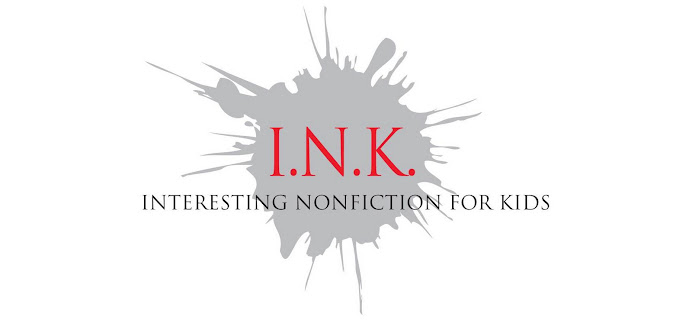This past Saturday, Susan Kuklin, Marfé Ferguson Delano and I were on a panel at the Compleat Biographers Conference
here in New York City. Tanya Lee Stone was supposed to be with us, but unfortunately
could not come. (We missed you, Tanya!) Thanks to Gretchen Woelfle for telling us about the call
for YA biography writers. This organization is relatively new (2010) but I think they have a good thing going.
We had a fun time planning the panel Friday night over a lovely meal and a bottle of wine. We sat next to a man with very strange facial hair, just a line from his lower lip down his chin. Not a soul patch, more like a soul line. (That was a detail you needed, right?).
Anyway, we decided that the best kind of panel is a conversation, not just talking heads. So we didn't over-plan--we wanted the conversation to be real, and it was. Marfé was the designated moderator, and she did a terrific job. And it is always fascinating to
listen to how Susan does her work. (There was an collective gasp in the room when she talked about interviewing a young man who had been on death row since he was a kid.) People asked really good questions. One
question was, naturally, is writing a biography for kids different from
writing one for adults, and if so, how? And our answers were—it isn’t different, it is different,
and in the end I think we agreed that all writing is about choices and some of
the choices we make when we write for kids we make because we are writing for
kids—and for their gatekeepers. But other than that, it isn't different at all. (Marfé wisely had started our session with an anecdote about someone saying she was sure writing for kids was easier than writing for adults. We dispelled that notion immediately.)
There was one high school teacher in the audience and I found myself looking to her often for agreement, nods, approval. Do those of you who speak to audiences do that? Find one or two people you look at to gauge how you're doing? (It's much better, by the way, if you focus on the happy, nodding people rather than the bored, angry-looking, or sleeping people--if you have any of those. We didn't. But I've learned that nice little lesson over the years...)
Happily, there was also another YA author in the room, Catherine Reef. Marfé had been on a panel with her at this conference in D.C. two years ago, and asked her to chime in. Catherine did, and she really added to our discussion!
I left our panel feeling inspired and renewed, which is
always a good thing. I left the conference, also, with nuggets of knowledge and
inspiration, and I will share those I remember with you. Maybe Marfé and Susan will remember more...
Nuggets:
*Will Swift presented the BIO AWARD to Ron Chernow. In his introduction Swift told that audience that we should all read the prologue
to Chernow’s Washington book. I did and it's terrific. It's about Gilbert Stuart painting Washington's portrait, and is really an essay about writing biography, about how we try to capture real people, not just their likenesses. I recommend it to you, too. (And now I really want to read the whole book.)
*Swift said that Chernow is a master at shedding light on
things that their characters are trying to hide from themselves.
*Interestingly, soon after Chernow himself said, in his speech, that writing a biography is an act of intellectual presumption!
*Chernow said truth will emerge in subtle ways even if the people we are writing about are evasive. So many of our subjects are sphinxes. He said that he realized with the help of his
late wife that Rockefeller was revealing who he was by trying to conceal.
*He also said, and I loved this especially, that when you are writing a
biography you need to find the balance between writing the character from the
inside out and from the outside in.
*In working on George Washington, the more Chernow read, the less familiar Washington
seemed. There were dimensions of his life and personality (his meanness, his
temper, his sensitivity) that previous biographers overlooked. Chernow decided
that the 5% who knew him were more reliable than 95% who didn’t.
*He said he learned he had to look at Washington with virgin
eyes.
After lunch we went to a panel about how to deal with black
holes when writing a biography. It started out promising when the moderator
said that you can have black holes in research, in periods of a person’s life,
or in the understanding of our character. In secrets. Yes! Tell us how to deal with them, please! They didn't give us many
answers, sadly.. but here are a few nuggets:
*When you read someone’s memoir or autobiography you have be
suspicious and ask yourself what was the reason they were writing their autobiography
or memoir. Look for what is not said.
*Mythologies make you want to find the real story.
*If there are people still living who knew the person you're writing about, go talk
to them. You want the gossip. (Chernow's 5% or, if you're lucky, more.)
*Writing a biography is really a group project—you are assembling all the
voices of those who will help you.
*If there’s something important you don’t know, that’s part
of the story.
Maybe it was the lights going off and on in that room, or
the daunting feeling of the black hole, but we three decided to leave the conference right after
that panel. Somehow within fifteen minutes we found ourselves at The Algonquin
Hotel, at a round table, having drinks.





















